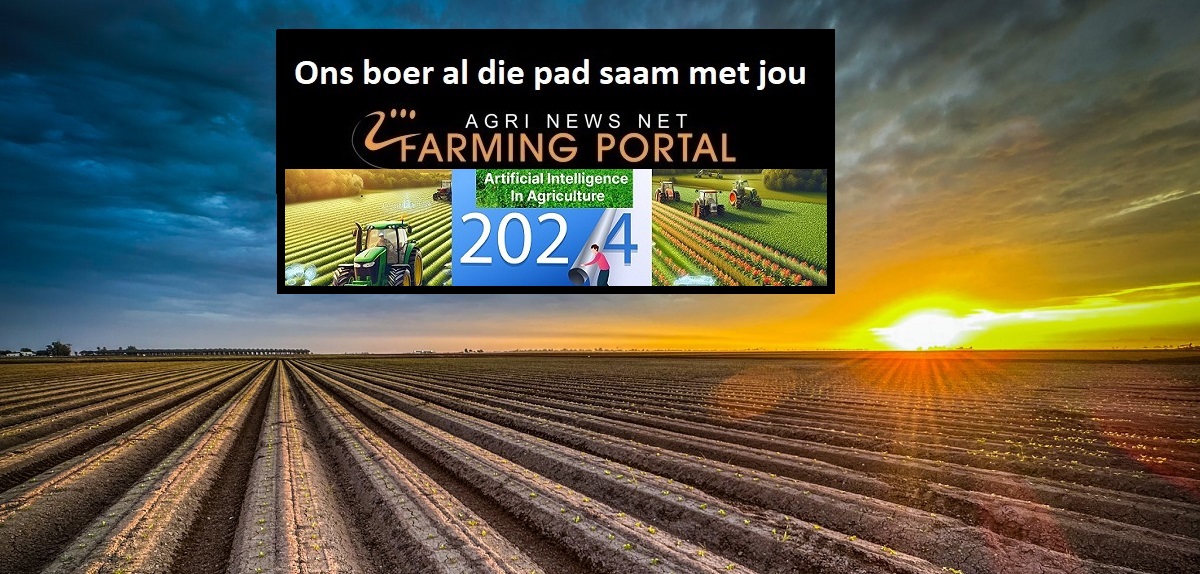This research, published in Science, includes an extensive evaluation of experts, including from Columbia University Mailman School of Public Health. The paper also identifies new agricultural practices that have the potential to increase efficiency and stabilize our food supply in the decades to come.
The authors point out that greenhouse gas emissions from agriculture are now 18 times higher than they were in the 1960s, accounting for about 30% of global warming. Excess fertilizer left on farm soil is broken down by bacteria to form nitrous oxide, a greenhouse gas that is 300 times more potent than carbon dioxide. Strategic efforts to reduce the warming impact of agriculture while maintaining high yields are essential to both mitigating climate change and protecting our food supply from its impacts.
"It is important to recognize that the impact of agriculture on public health, from pesticide usage to water quality, is almost certainly going to be exacerbated with climate change," said Lewis Ziska, PhD, associate professor of Environmental Health Sciences at the Columbia Mailman School of Public Health and a co-author.
The research found:
Climate change has broad-ranging impacts on agricultural practices, increasing water use and scarcity, nitrous oxide and methane emissions, soil degradation, nitrogen and phosphorus pollution, pest pressure, pesticide pollution and biodiversity loss.
Climate-agriculture feedback pathways could dramatically increase agricultural greenhouse gas emissions. Without changes in agriculture, this feedback loop could make it impossible to achieve the Paris Agreement goal of limiting global warming to 1.5 degrees Celsius to 2 degrees Celsius.
Existing sustainable agricultural practices and technologies, if they are implemented on a wide scale, can greatly reduce agricultural emissions and prevent a feedback loop from developing. To achieve this, governments must work to remove socioeconomic barriers and make climate-resilient solutions accessible to farmers and food producers.
"We need agriculture, but the future of humanity also requires that we reduce agriculture's environmental harms," said co-author David Tilman, a professor at the University of Minnesota College of Biological Sciences. "By evaluating new practices being tried around the world we have identified practices that appear to increase harvests while decreasing environmental harm. Once these new practices are tested and verified, we need a farm bill that pays farmers both for producing food and for improving the environment. Enabling better stewardship has tremendous benefits for all of us."
 Why agriculture is a tough climate problem to solve
Why agriculture is a tough climate problem to solve
The researchers looked at all aspects of the relationship between agriculture and climate to determine where new practices are the most effective. While carbon sequestration is currently a priority, an integrated approach that factors in farming efficiency and pollutants like nitrous oxide could deliver much larger climate benefits and a more stable future for agriculture. Practices such as precision fertilizer use and crop rotation can prevent a feedback loop from developing."
The team identified a number of next steps. First and foremost, stakeholders should accelerate the adaptation and cost-reduction of efficient and climate-friendly agriculture. Precision farming, perennial crop integration, agrivoltaics, nitrogen fixation, and novel genome editing are among the emerging techniques that could increase production and efficiency in agriculture while reducing climate change impacts. They recommend further research on climate-agriculture feedback pathways and new technologies like on-farm robots.















